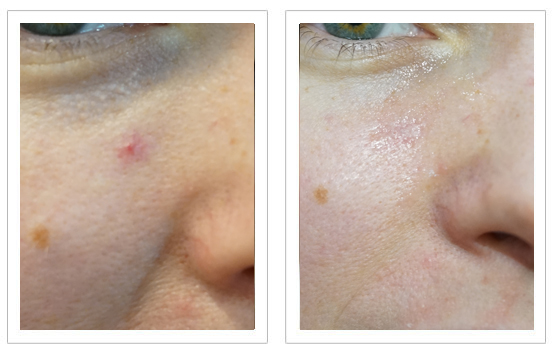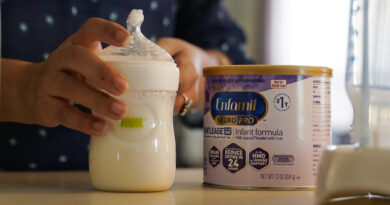Everything You Must Know About Thermavein, the Red Vein Removal Treatment
The most common kind of vascular lesion is called telangiectasia, broken capillaries. However, “blemish” may refer to spider nevi, cherry angiomas, and rosacea. The phrase “broken capillaries” is erroneous, even though it is often used. This is because capillaries do not rupture. The development of vascular lesions may be attributed to the increased permeability of larger capillaries. Some lifestyle variables associated with lower capillary wall thickness include smoking, localized injury, some drugs, sickness, extended sun exposure, and high temperatures.
The consequences of genetic factors, such as the fragility of the skin itself, are made worse by the natural thinning of the skin that occurs with advancing age (Celtic skin is naturally thin and prone to vascular blemishes). It may be impossible to avoid developing the condition if you have skin genetically predisposed to developing telangiectasia. However, you can lessen the likelihood of developing the condition by always protecting your skin with an SPF and avoiding sources of extreme heat, such as saunas and steam rooms. You should avoid using abrasive exfoliants and scrubs on your skin if you want to be kind to its texture. A vitamin C supplement or a serum that helps strengthen the capillary walls may also be beneficial.
How exactly does the ThermaVein treatment work to eliminate red thread veins and other vascular imperfections?
ThermaVein treatment has the potential to be beneficial for a wide range of vascular abnormalities. Along the length of the capillary, a tiny probe is tapped softly on the skin at regular intervals. These emissions have a modest energy level, yet they are enough to warm the proteins in the capillary walls. After this, a little amount of pressure is given to the vein, resulting in the vein’s death due to the compression of the capillary walls.
How many treatments with ThermaVein do most patients need to undergo?
In most cases, the vein will nearly completely dissolve during the first treatment session, which typically lasts thirty minutes. The follow-up appointment for four weeks following the first session is included in the therapy’s cost of £285.00. If any bigger veins need extra treatment, we will repeat those veins during the follow-up session to guarantee that the client is satisfied with the outcome.
Is using ThermaVein risk-free, and does it provide the promised results?
ThermaVein is considered safe for most patients; nevertheless, we do not treat pregnant women, patients with cold sores, chronic conditions, or wounds that heal slowly. ThermaVein treatment is not available to patients with active and inflammatory rosacea; however, patients whose rosacea has been controlled (for example, with IPL) are candidates for the procedure. To evaluate whether or not you are a good candidate for the ThermaVein therapy process, you will be required to fill out a consultation form before you can go forward with the treatment.
Within what range of time can one reasonably rely on the conclusions?
The vein is destroyed during the treatment, it will not return for a substantial amount of time. Although, you may acquire more during your lifetime if you are proned to telangiectasia due to your genes. For instance, cherry angiomas and spider naevi are benign vascular skin lesions that, once treated, vanish from the patient’s body permanently.
Is there any opportunity for downtime?
There is hardly any time spent with the face in a relaxed state. On the day of your treatment, you should anticipate feeling flushed more than usual, although this is to be anticipated. Even though some individuals may feel slight redness and swelling the day following the procedure, it is possible to apply makeup as normal. Your therapist will use aloe vera during your session, and they will also provide you with some to take home with you. You must wait twenty-four hours before engaging in any intensive skincare routine or subjecting your skin to heat.



